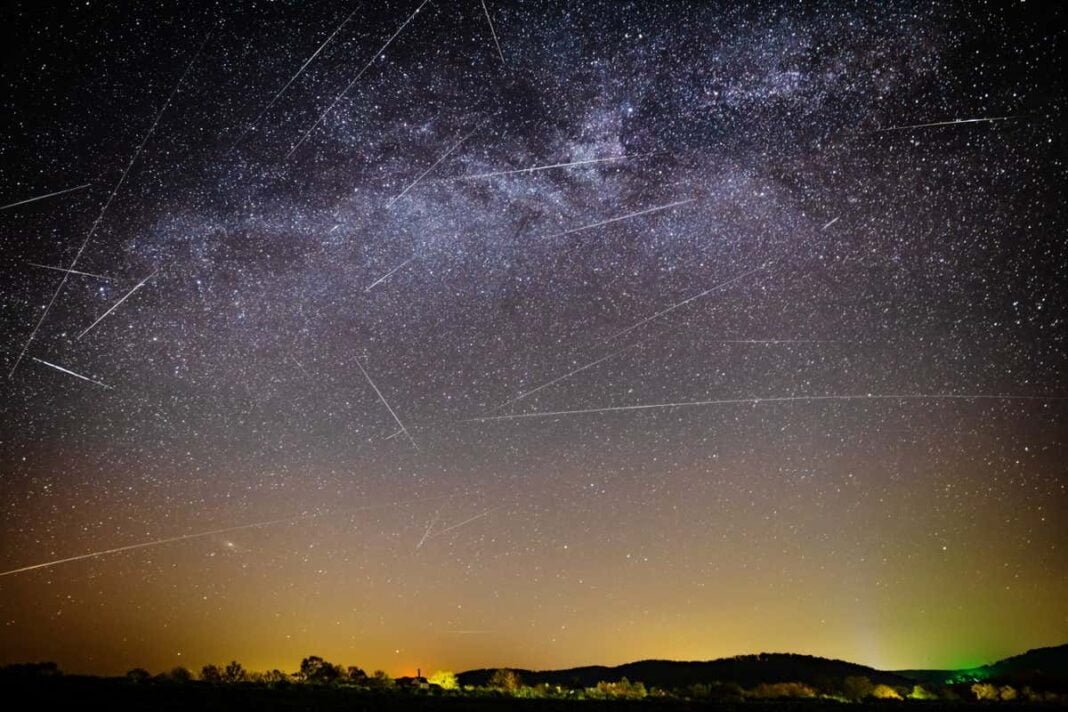The Daily Observer London Desk: Reporter- John Furner
Shooting stars during the 2020 Lyrids meteor shower
The Lyrids meteor shower is one of the best chances to spot shooting stars from anywhere in the world. This year, it will be easier to see than usual thanks to a new moon on 19 April, just a few days before the meteor shower’s predicted peak. This means you have a good chance of seeing shooting stars during the shower’s peak, in the early hours of 22 and 23 April, and in the days before.
What is the Lyrids meteor shower?
Meteor showers are caused by clouds of debris left in the wake of comets. When Earth passes through these clouds on its path around the sun, the tiny grains of dust or rock enter the atmosphere at such high speeds that the friction between them and the air makes them burn up. This produces a flash that moves across the sky.
The Lyrids are caused by the long-period Comet C/1861 G1, also known as Thatcher. Discovered in 1861, Thatcher takes 415 years to orbit the sun.
When is the Lyrids meteor shower?
The shower is expected between 15 and 29 April this year and will reach its peak on 22 and 23 April.
Why is it called the Lyrids meteor shower?
Each meteor shower is named after the point in the sky where the meteors seem to start, or radiate, from. In this case, it is the northern hemisphere constellation Lyra, which contains the bright star Vega.
Where can I see the Lyrids meteor shower?
If you are in the northern hemisphere, look for the constellation Lyra, which will be in the east just after sunset. The constellation won’t be visible from the southern hemisphere, but meteors can travel in all directions, so some shooting stars might be visible if you look east, too.
How do I watch the Lyrids meteor shower?
Don’t worry too much about finding Vega, just let your eyes adjust and look out for meteors, which will shoot across the sky in all directions. They will appear and disappear within seconds, moving rapidly across the sky. From a dark site, free of the sky glow produced by city lights, about 10 to 15 meteors per hour should be visible at the peak of the shower.
Topics:



